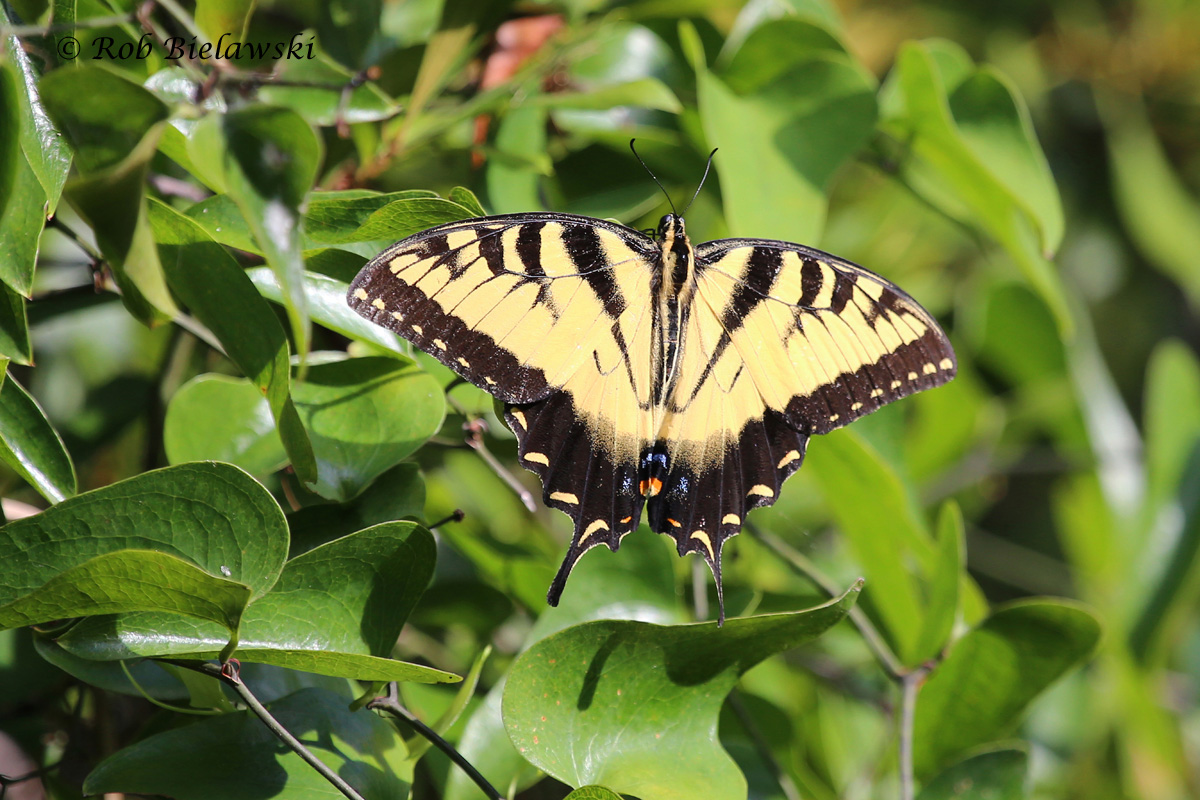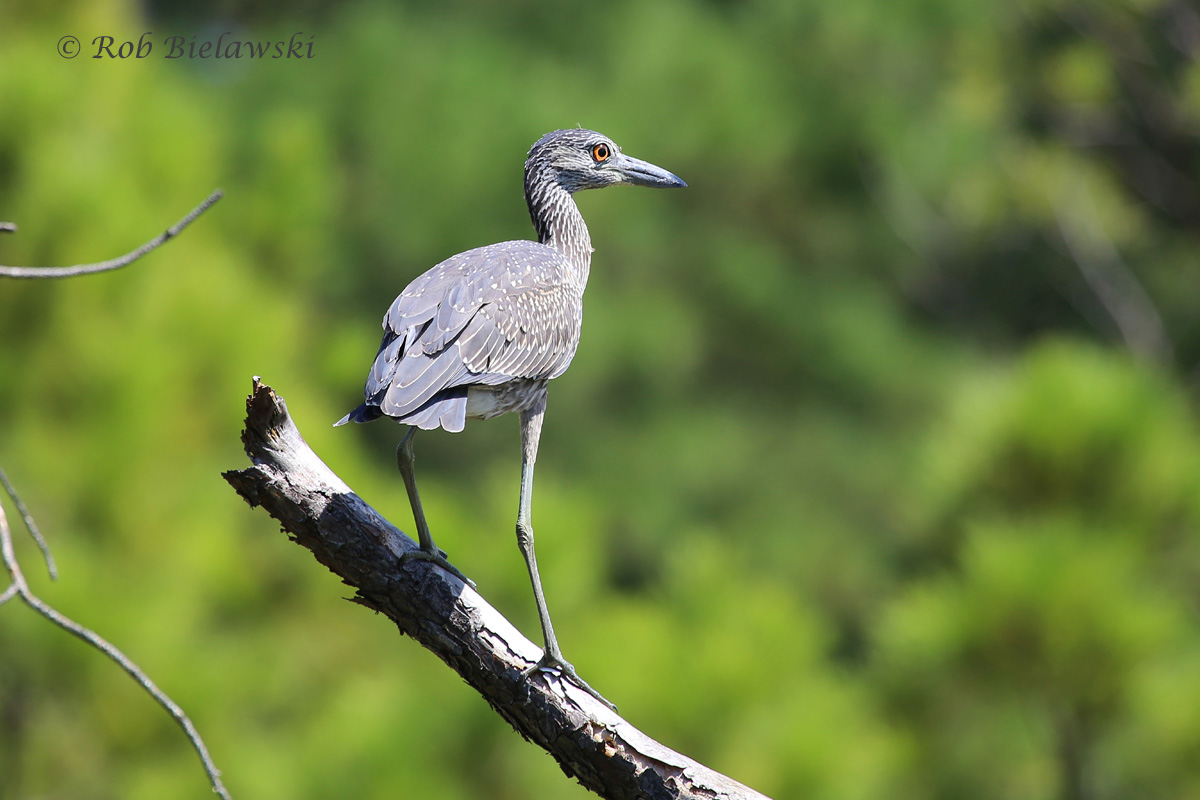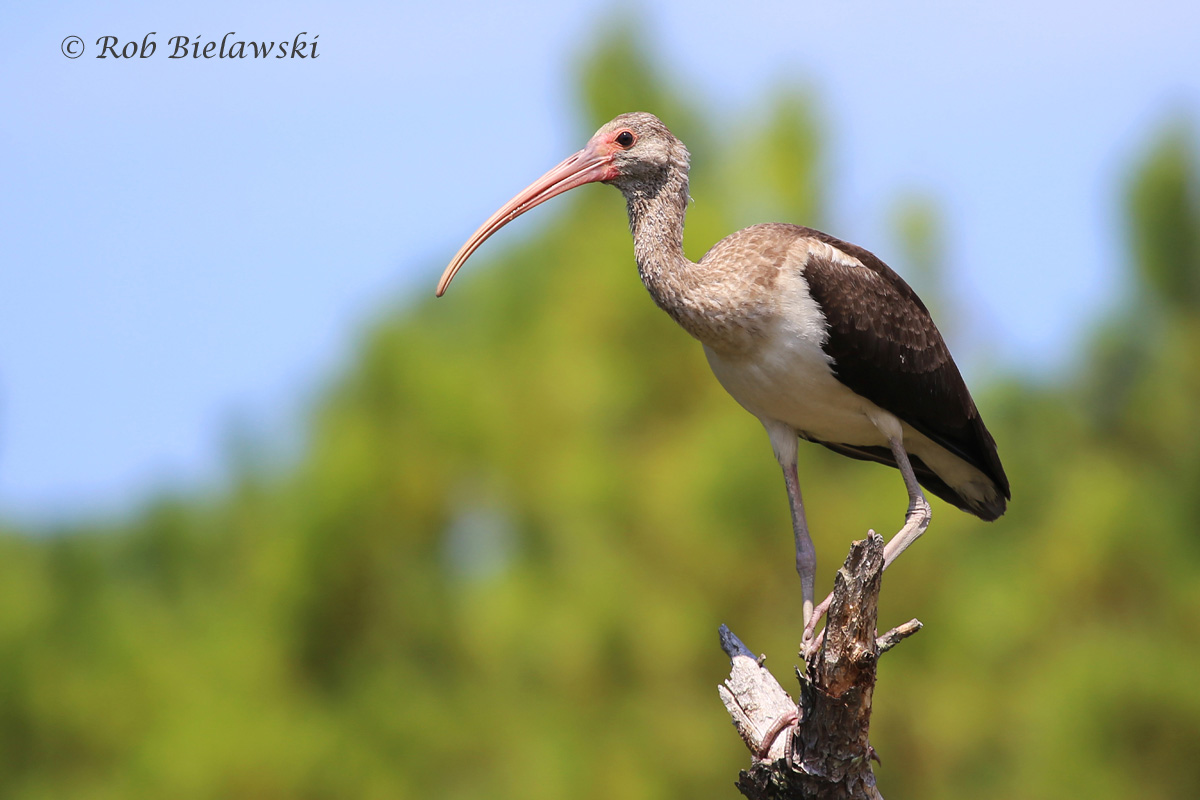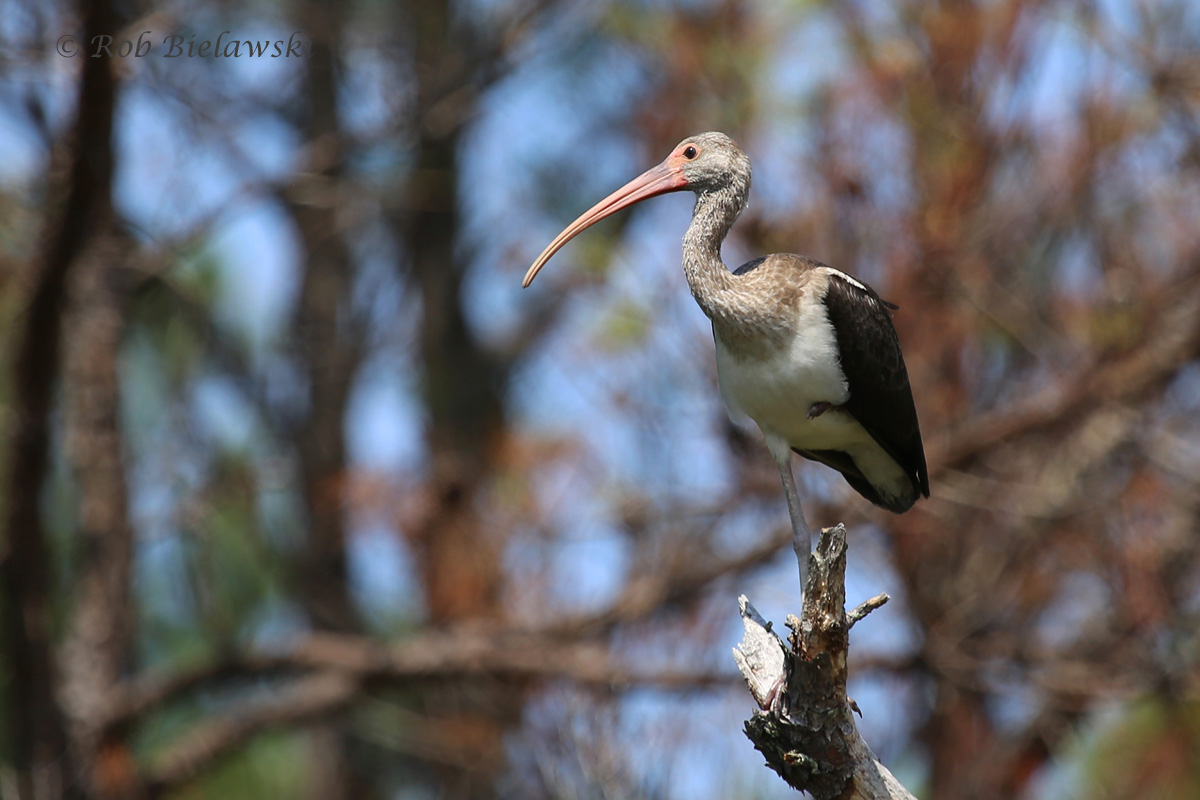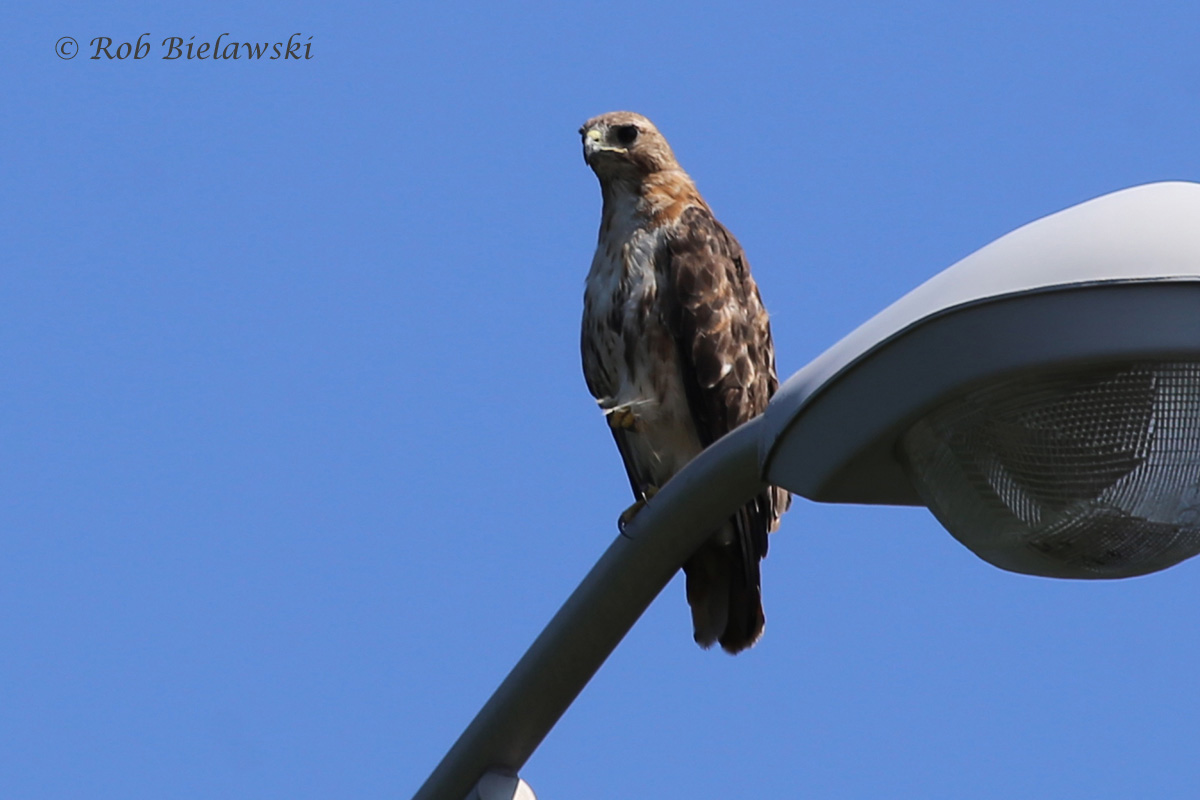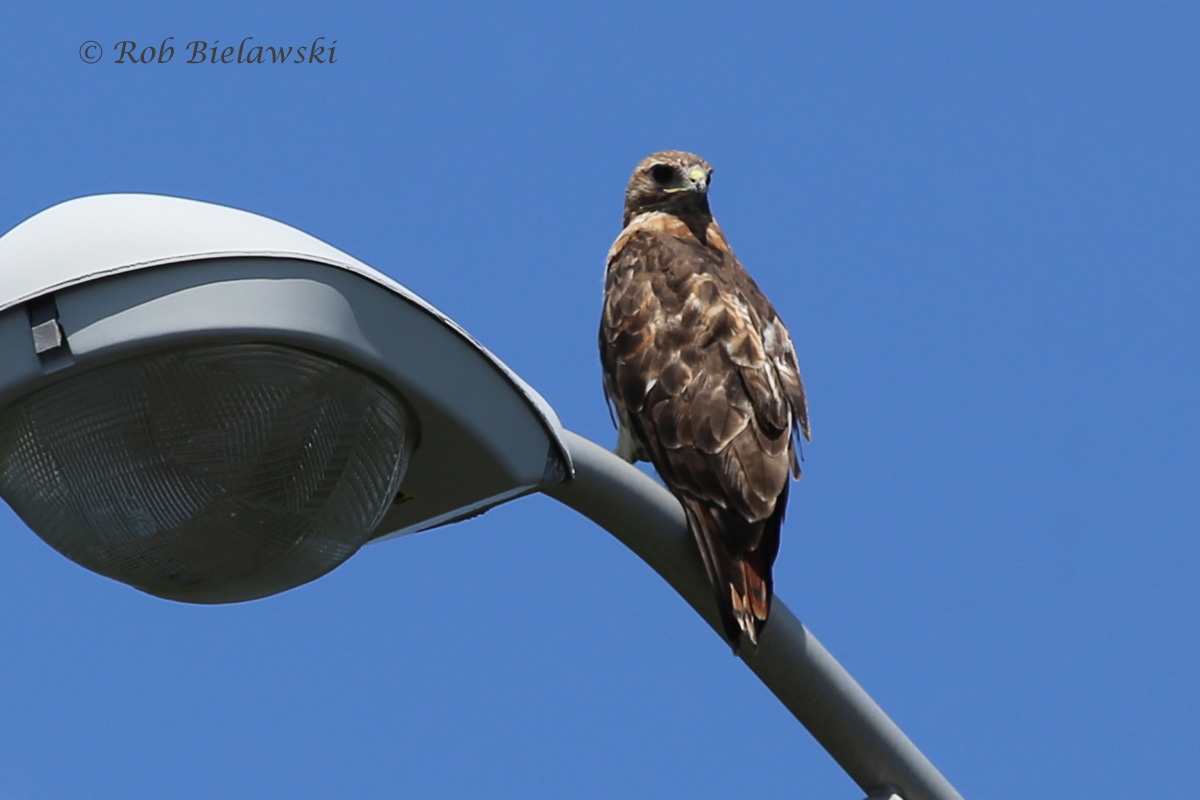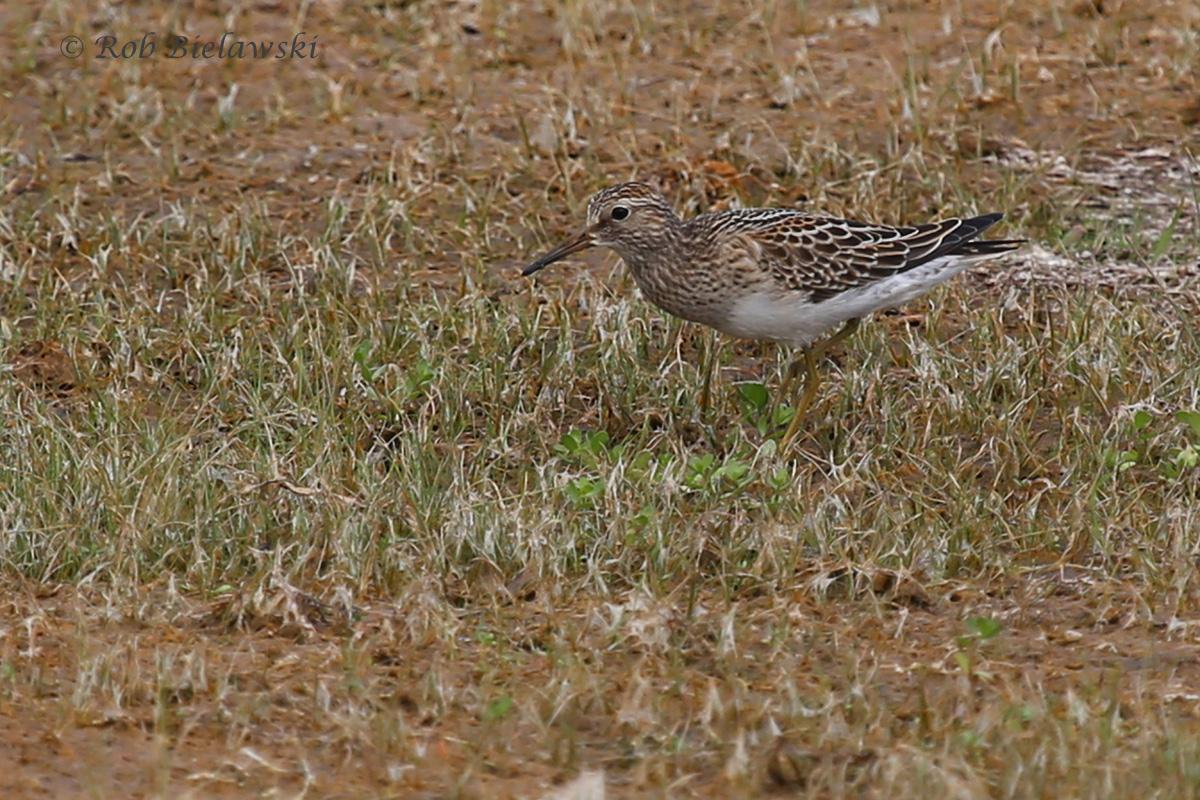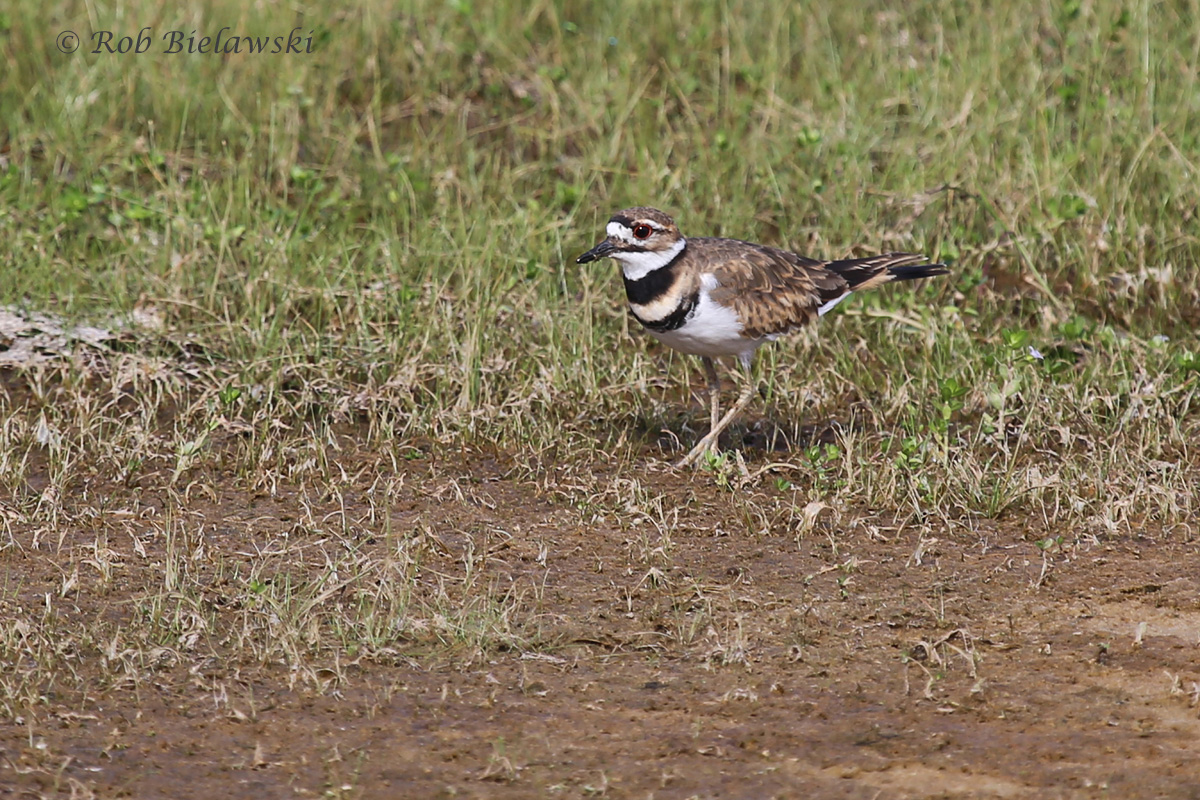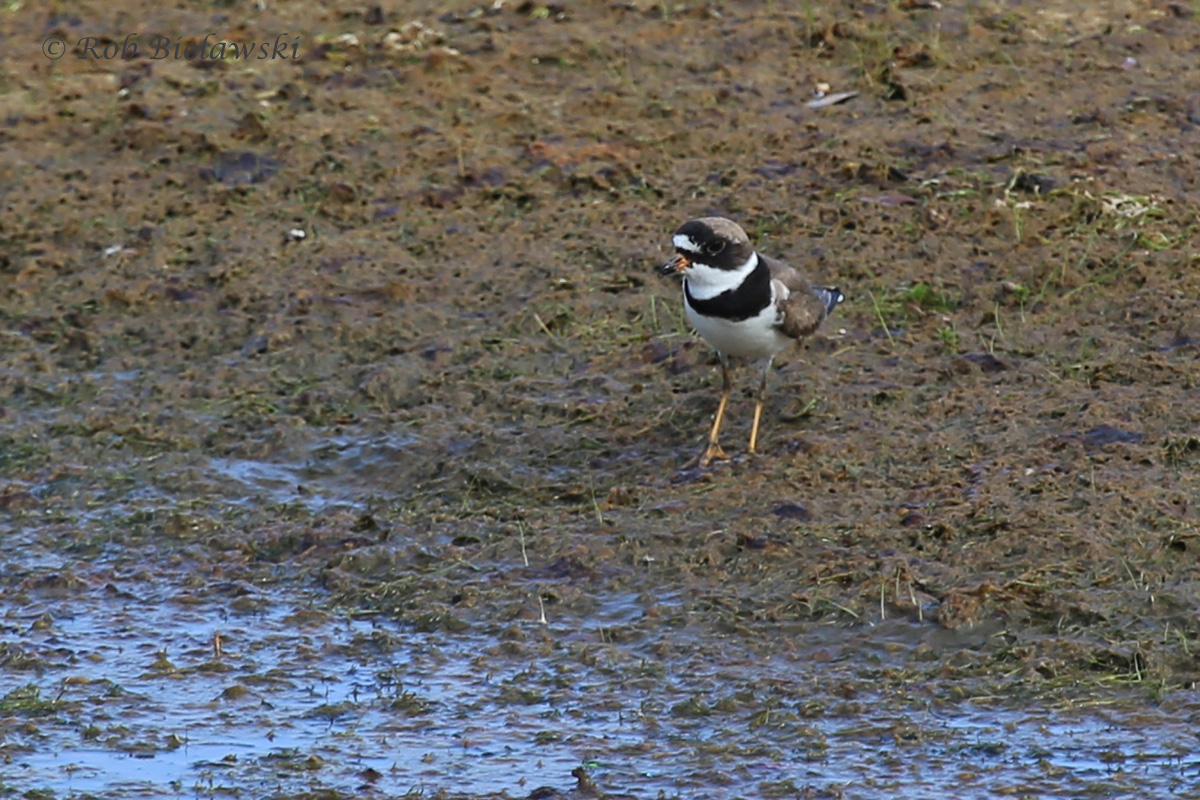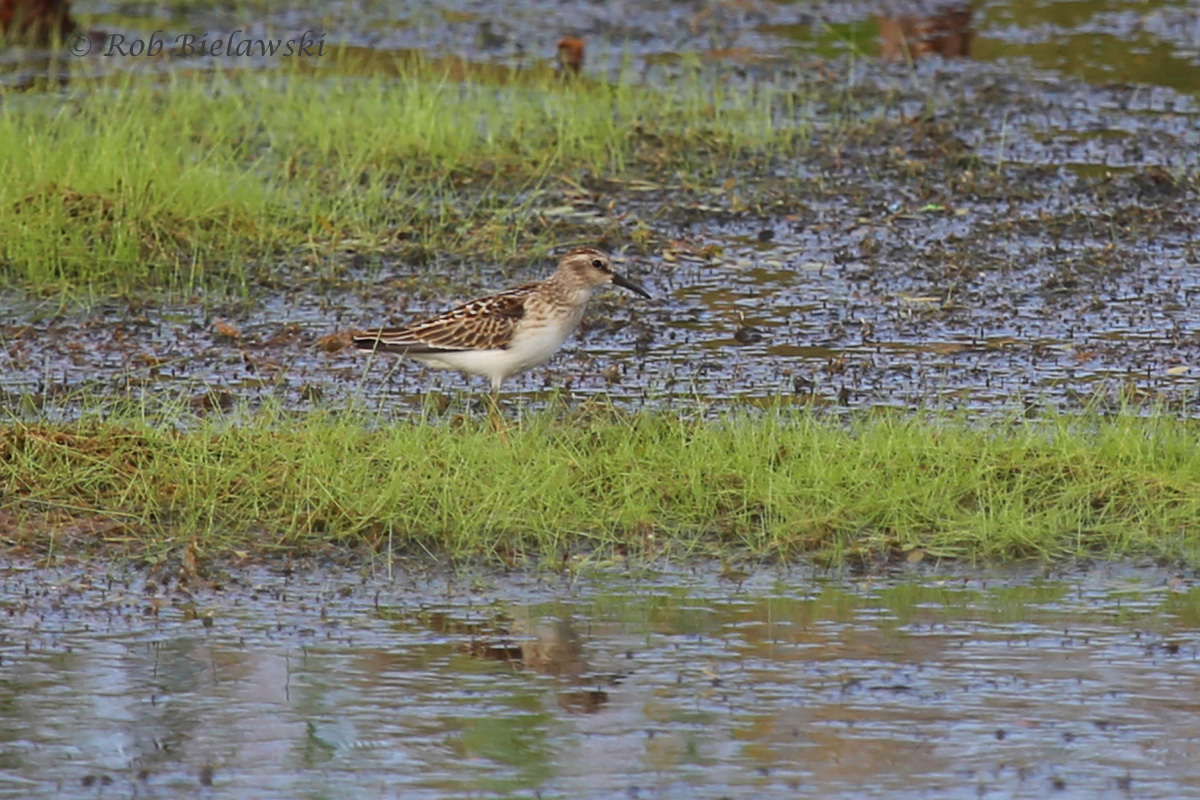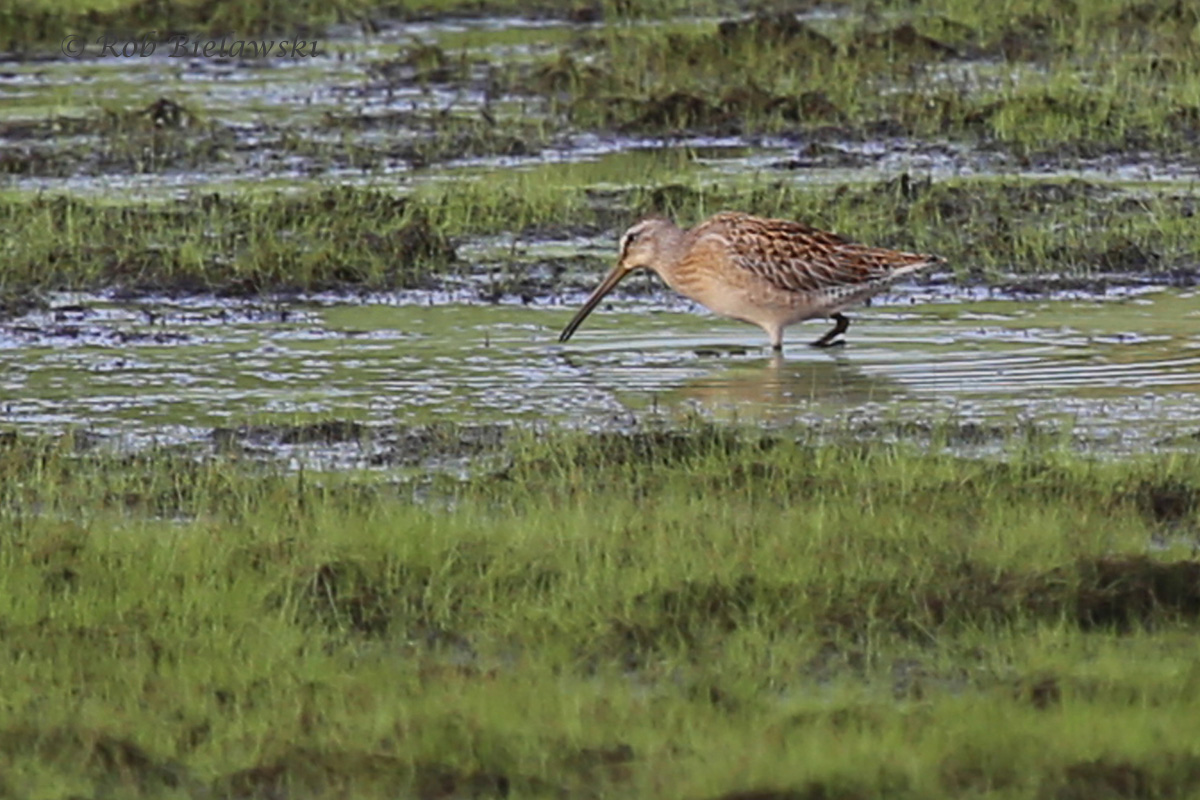Week Ending September 6, 2015
/Some may have noticed (at least I hope) that I took a break from my weekly blog last week, and there was no update posted. After about 70 weeks straight with no interruptions to my weekly blog entries, an event last week arrived that was finally worth disrupting my work on the website: My Wedding! On Saturday, August 29, 2015, after just over 10 months of being engaged, my then-fiancé, Ruth, and I were married at the Oceanaire Resort Hotel at the Virginia Beach Oceanfront. Of course, Saturday was the culmination of 10 months of planning, and a week of getting to see family & friends and they trickled in to our area for the event. We had a beautiful day right around 80 degrees, but with the ceremony on the 10th floor of the building, outside on a large veranda, we were able to enjoy a nice breeze and could see all up & down the boardwalk in both directions. I was also told that during our ceremony, an Osprey flew by with a fish, but for the first time in my life I wasn’t paying any attention to the wildlife around me, and instead had my eyes & hands interlocked with my now-wife’s, who looked absolutely beautiful in her perfect wedding dress! After we said our “I do’s”, and made it official, we & our bridal parties & family members took some photographs on the boardwalk while the rest of our guests enjoyed a beautiful cocktail hour on the second floor reception area. Afterward, everyone moved back up to the 10th floor veranda for our “Lovebirds” themed reception! The reception went perfectly, and it was incredible to see all the little details that Ruth had put in to make sure it was a perfect setting for a wedding in which I was a part of, from the bird cage centerpieces holding flowers at each table, to fact that all the tables were named out as bird names, rather than numbers, everything was perfect. She even got a special surprise cake made to look exactly like my Canon EOS 6D camera! Most folks left the area on Sunday, but some stayed through Tuesday, so it wasn’t until then that I got back on the wagon of outdoor adventures. Also, since I knew I wouldn’t have time for photography during the Wedding weekend, I dropped my camera off for a professional cleaning with Canon the prior Wednesday since the amount of dust inside the lens, and on the sensor were becoming just too much for me to have to edit out of each photograph I post on the site. Ruth had a couple days off after the wedding, and was able to pick both camera & lens up for me on Tuesday of this week, so I was ready to be back in action, though several hundred dollars later unfortunately.
On Tuesday evening I got out on a post-work jaunt through Pleasure House Point with Ruth. After retrieving my camera, I must say that I was very pleased with the results, the camera shoots as if it was brand new all over again. I should have taken it in long ago and got it done properly rather than investing all the time I had over the past months editing out dust spots, and having to use the manual focus when the autofocus just would no longer pick up objects properly because of all the dust. Anyways, my wife (still getting used to saying that) and I parked along Marlin Bay Drive and walked into the park towards Pleasure House Creek before heading east along the shoreline trail towards the primary point of the park. Yellow-crowned Night-Herons were seen frequently along the way, with about 15 individuals counted during the walk. Great Egrets, Great Blue Herons, Snowy Egrets, and 3 Green Herons were noted as well, representing the wading bird species that are most common in the park. For the first time in a while I didn't note any White Ibis or Tricolored Heron juveniles, which have been present for at least the past month. The tide was extremely low, probably the lowest I've actually seen the water here. Given that, I had high hopes for the mudflats, as long as recreational boaters weren't pulled up on them. Arriving at the point adjacent to the new Brock Center's Pier, I was happy to find no boaters around. However, there wasn't much out on the flats outside of a group of 23 American Oystercatchers loosely scattered along the far edge. Several species of gulls dominated by Laughing, with smaller numbers of Great Black-backed & Herring, and a few Royal Terns with one Caspian Tern were seen from this spot as well. No other shorebirds though unfortunately, again, to my amazement. I thought perhaps the area had just been freed up by boaters, so we made another pass across the park to give it time to allow birds to return, however, upon the return trip, it was the same situation with the oystercatchers being the only birds walking around. Other species sighted were a couple of Clapper Rails thanks to the very low water levels, and a pair of American Goldfinches on the main point, which I don't see all that often there. We had a great surprise near the second largest pond when a perched Red-tailed Hawk jumped up from a branch overhanging the trail to another tree as we passed, but then stayed there for quite some time. I took a number of shots of this particular bird, and Ruth got some great looks through my binoculars at close range, really able to see all the feather details up close like this. We walked away with the bird still in place, so it was nice to get to observe but not completely scare off this raptor. A single Osprey, and a flyover by a young Bald Eagle rounded out the other raptor sightings. Songbirds were essentially nonexistent at the park outside the goldfinches and a pair of singing Eastern Towhees. But, it felt good to get back out, and I know their migrations will heat up in the coming month, so I'm looking forward to hopefully tracking down some other species soon.
My next outing was a post-work hike on Friday. Leaving at 3 PM like I always do on Fridays, I headed out the door to find some extremely windy weather. I had initially planned to head down to Back Bay NWR for one final beach walk looking for shorebirds, despite Karen Beatty’s suggestion to try warblers instead with the weather moving in. However, upon feeling the winds, I decided to trust in her experience and seek the songbirds out instead, so I drove to First Landing State Park for the first time in a while. Arriving about 3:30 PM to the park or a few minutes early, I walked in from the 64th Street entrance and immediately began walking with a craned neck, searching the canopy for birds. At this point in the year, the warbler migrations are just beginning, and the leaves are still fully on the trees, which can make for some tough viewing. Also, most of the warbler species have very worn feathers now, and their bright plumage from the breeding season is now a distant memory. These drab Fall plumages make the warblers even more challenging to see and identify to species. My first bird sighting wasn’t a warbler actually, it was a Ruby-throated Hummingbird zooming around high above the first boardwalk after the entry station on the Cape Henry Trail. Following the trail, I added some Carolina Chickadees, some Osprey, American Robins, Brown-headed Nuthatch, and Downy Woodpeckers before even reaching Lake Susan Constant. Continuing on towards the Long Creek Trail, then following it towards the Osprey Trail, I added a few more chickadees, then a Northern Parula that was seen high overhead moving through the leaves of a tall deciduous tree. Pine Warblers were also heard in this area, with a couple of them being seen high up feeding among the long needles of the Southern Yellow Pine trees. Walking the Osprey Trail, I had a flurry of excitement as I spotted a small bird moving through the leaves that I finally identified as a Red-eyed Vireo, and a larger bird to my right flew off through the trees, but landed nearby and slowly stalked through the branches, thinking it was well enough hidden. Fortunately I had my eyes on this second bird the whole time and was able to sneak up near it, close enough to realize that it was a Yellow-billed Cuckoo! This is only my second Cuckoo sighting in the park, my first having been on August 20, 2010! Why do I remember this without having to look it up? Because I met my now-wife later that same night. I find it a bit amusing that the first sighting was just prior to meeting Ruth, and my second sighting was on the first time out since marrying her, 5 years later!
Continuing down the Osprey Trail, I picked up a Black-and-White Warbler, that was very inquisitive with my ‘pishing’, and came down pretty close for a few shots, though never sitting still in the same spot for more than a second or so. Also nearby, an American Redstart became the 5th warbler species sighted on the day, though it stayed mostly in the shade of the thick foliage, making photography tough. I walked up just to the last hill prior to reaching Broad Bay, and then turned back again, seeing the same Redstart and Black-and-White a second time, and then further down also finding what was likely the same Ovenbird again, still in the same area. This bird though would not allow any photographs, and stayed concealed down in the underbrush. Walking back out of the park to the car I was pretty satisfied with the sightings, though no new birds were added to my yearly county list, the Cuckoo & Black-and-White Warbler were only the second sightings I’ve had, and the Vireo & Redstarts were only the 3rd. Hopefully in the coming weeks, more species show up and I’m able to add a few life birds to my list since it currently has quite a few holes in it in terms of migratory warblers. In some disappointing news, for the last couple of weeks I had been signed up for a pelagic offshore trip to the Gulf Stream with about 35 other birders, leaving from Rudee Inlet on Sunday morning at 3 AM. Well when I got home from my First Landing outing on Friday, I found an email saying that the cruise had been cancelled due to the strong winds we were going to get over the weekend. My hope was that I’d get to see my first true seabirds, since shearwaters, petrels, storm-petrels, and maybe even an albatross, are birds that you almost never see from shore. So sadly, this won’t be happening on Sunday, but maybe down the road someone will try to get one going again. On the plus side, I don’t have to get up at 2AM on Sunday morning, so, there’s that.
On Saturday, we had expected a dreary, rainy day in Virginia Beach, so I went with Ruth up to the outlet malls in Williamsburg in the morning, heading out about 9:30. Reaching the peninsula, the weather was actually quite clear and I probably should have just brought my hiking stuff up there with me, since with the warblers arriving. When we arrived back down in the afternoon it had indeed clouded up, and apparently was that way through most of the day in Virginia Beach at least so I didn’t mind having a day off. On Sunday, it alternated between rain and just dreary all day long, but during the morning Ron Furnish had a sighting of a female Black-throated Blue Warbler at a location I will not disclose until after Fall migration is over since it is a spot near our places that should yield some good birds for us in the coming weeks. I headed over to check out the site, not finding any birds at all for the first half hour. However, as I was standing staring into the trees, I heard a crash to my left as a large hawk (likely a Red-shouldered, but possibly a Red-tailed) came screaming down through the trees in hot pursuit of a Gray Squirrel that was on the ground. The hawk missed, and the squirrel made quite a racket from beneath a fallen log. As I watched the spectacle, a small bird flew across my field of view and I turned my attention immediately to that. After a few agonizing minutes of trying to photograph it, I finally got some clear enough shots to identify it as Ron’s Black-throated Blue Warbler, a new life bird for me, and the 200th species I’ve seen in Virginia Beach (lifetime that is)! It is also the 187th species I’ve seen so far this year, so it gets me another step closer to my goal of reaching 200 species in a single year here in the county. Getting a lifer on the day I was supposed to be out on the pelagic trip surely took the sting out of the trip’s cancellation. After leaving this spot behind, I went and checked out another nearby park, noting a pair of American Redstarts before the falling rain stopped me from watching any further. With that I headed home, though not a lot of hiking this weekend, it was a good transition back into photography with my rehabilitated camera & lens. Monday is also a holiday, Labor Day, so I plan to get out for a full day of hiking, but that’ll show up in next week’s blog!






